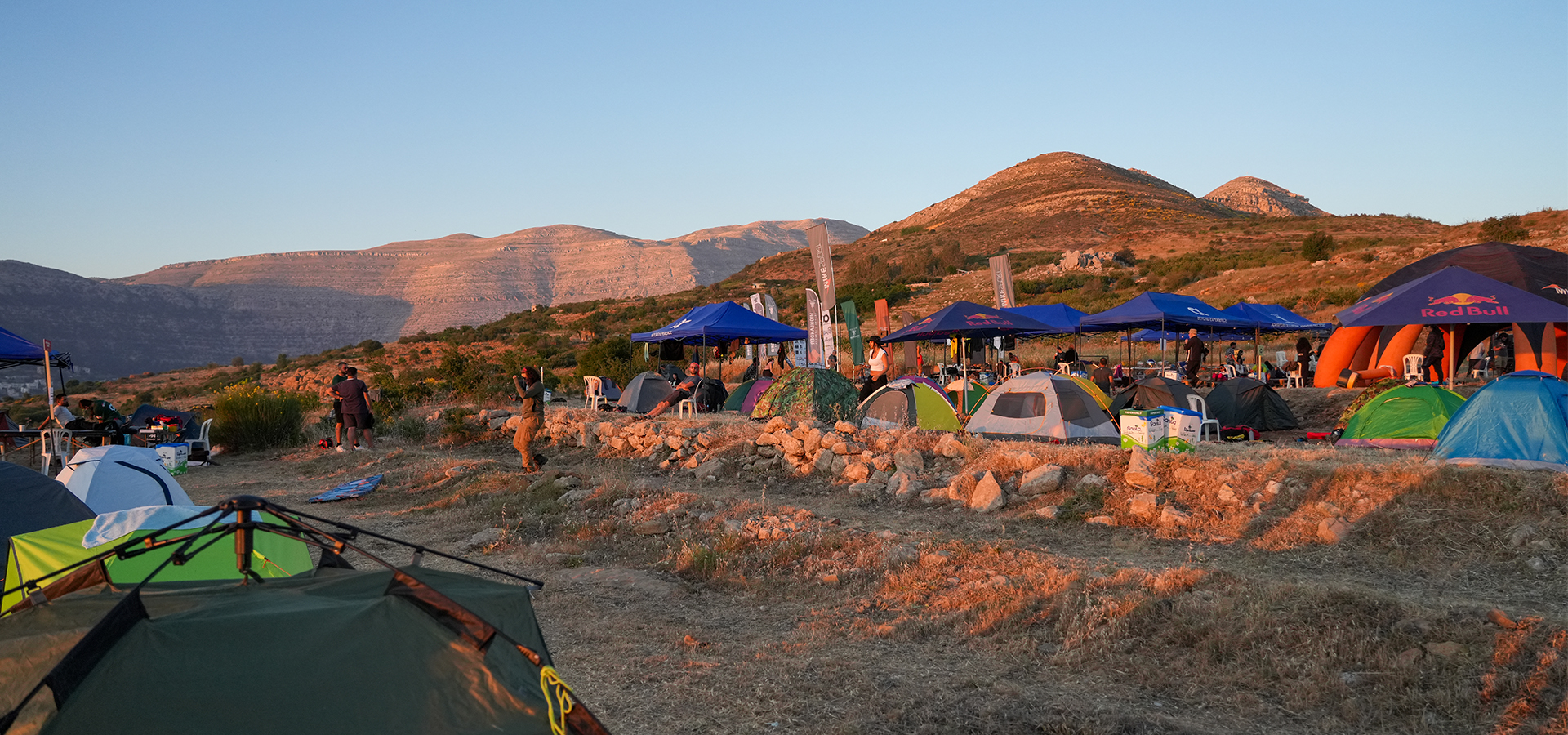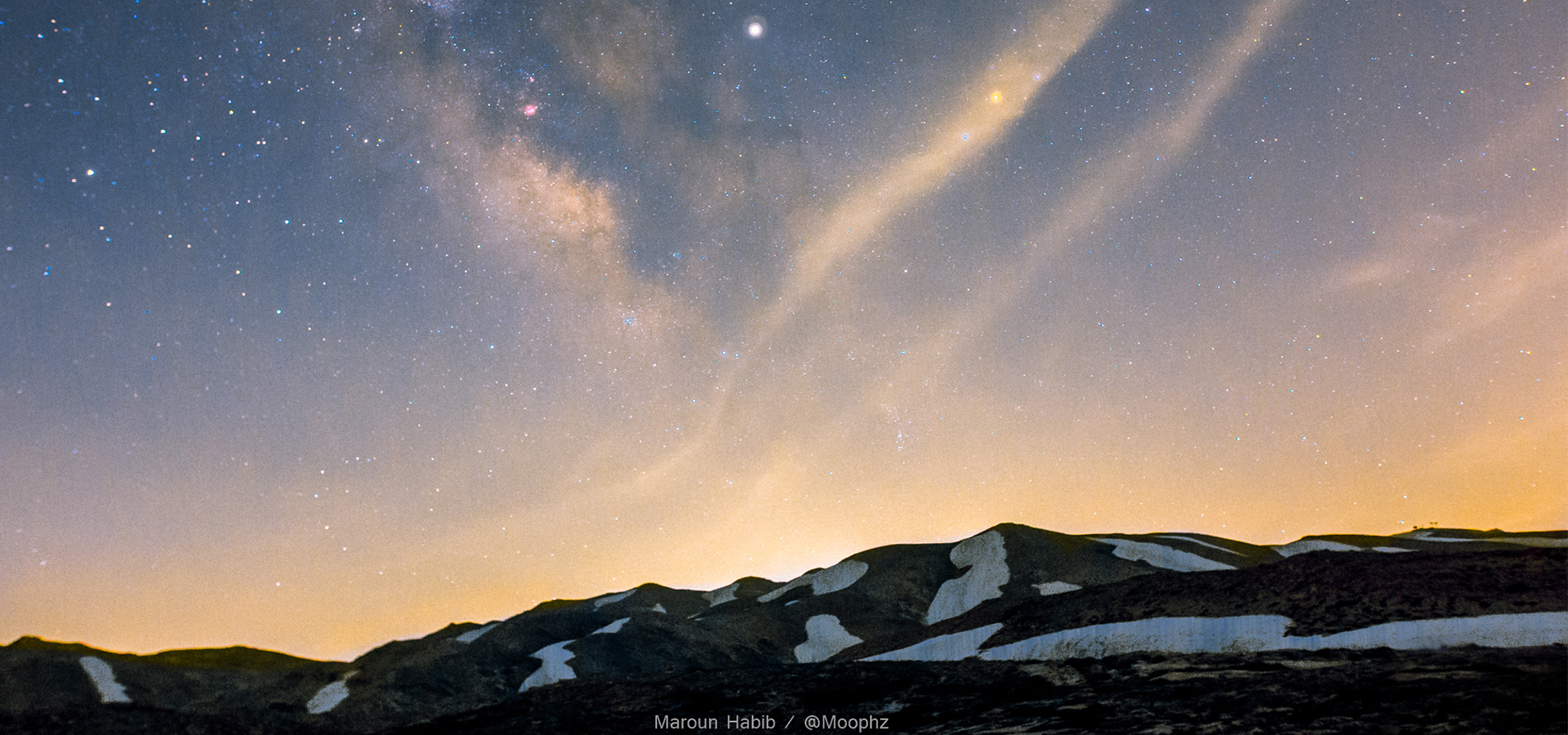
Astrophotography & Mountains, Dark skies matter!
- March 25, 2020
- 0
Author – Maroun Habib @Moophz
You might have attended stargazing events or seen those stunning starry landscapes taken from Lebanon, but ever wondered why most of them are done on mountains? Who said it’s impossible to enjoy this kind of events on low altitudes? Is it really possible to “see” the Milky-way from the city?
Before diving into an existential crisis, back in the days our grandparents used to observe the night-sky from the city comparing to what we see from mountains now, but throughout the years, urban planning followed by irresponsible light usage deprived us of this beautiful experience.
Generally speaking, all those amateur activities of astronomy can be practiced from low altitude, but now became impossible from cities like Beirut for example.
There are countless reasons why the mountains are a great refuge to practice astronomy, a few will be mentioned in this article, so sit back, relax and prepare to dive into our world.
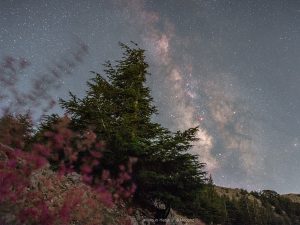
1- Artificial Light at Night
Imagine having a conversation with friends in a public place, you often need to raise your voice in order to be heard – This is “Noise Pollution”.
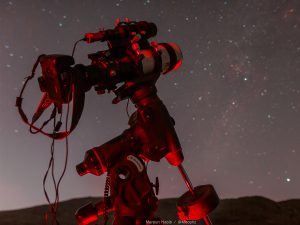
The same effect happens to stars in bright locations, the only difference is that stars cannot adjust their brightness. It is the environmental light emitted by streetlights, restaurant and houses that make them almost invisible from urban areas. This is what we call “Light Pollution”, also known as Artificial Light at Night (ALAN).
There is a direct correlation between Population and ALAN, the more populated an area is the more light it produces, and the harder it becomes to observe astronomical objects. Places away from light pollution are called “Dark Skies”, and they are astrophotographer’s obsession.
2- Mountains as shields
Mountains have been astrophotographers’ refuge ever since this hobby started in Lebanon, but going higher on a mountain doesn’t necessarily mean darker skies, because higher peaks can be exposed to more light than lower surrounding ones. With that said, mountains play a major role in favoring astrophotography and astronomical observations, high and steeped ones act as a shield against ALAN originating from nearby villages.
3- Altitude
As previously stated, amateur astronomy practices do not require high altitude, but sometimes clouds can be a major party-pooper for enjoying clear night skies. Clouds found on low and medium heights can be surpassed by driving higher. Whenever above, those clouds can also play a shielding filter by reflecting light back to the ground, allowing a better experience from above. Of course, this is a mission impossible in countries like the Netherlands, as it’s mostly cloudy and its highest peak is 322 meters.
Don’t be that person:
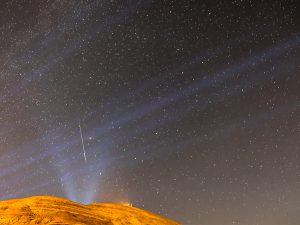
1- Who camps at mountains and shines LED light in all directions, use light just as needed.
2- Who keeps outdoor lights shining while sleeping; turn if off whenever not needed.
3- Who organizes events in the middle of nowhere and shines light pillars across the sky; this ruins the night sky.
How can you help?
Mainly by spreading awareness. One of the most active organizations and anti-ALAN advocators are the International Dark-Sky Association (IDA), this organization provides material and recommendations to increase awareness, and improve the quality and quantity of light used at night. They also organize a global yearly event called “The International Dark-Sky Week” that will take place during the week of April 19th 2020.
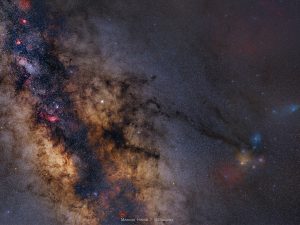
If you want to know more about astro-photography and light pollution, hit me up on Instagram @moophz.
#DarkSkiesMatter







